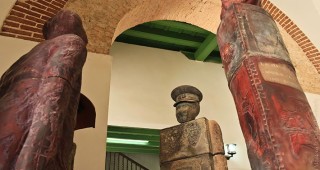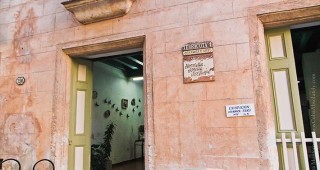Completed in 1877 after the city walls were knocked down, the park is bordered by El Prado, Zulueta, San José and Neptuno Streets. It is surrounded by significant buildings, such as the Gran Teatro de La Habana; the Inglaterra, Telégrafo, Parque Central and Plaza hotels; the shopping complex known as Manzana de Gómez; and the building devoted to international art of the Museo de Bellas Artes. In the late 18th century, the park was pretty much bare of trees and mostly paved. Trees, fountains and sculptures were added to the park after 1959.
The statue of José Martí in Carrara white marble, by José Vilalta de Saavedra–the first monument in the country dedicated to the poet, writer, lawyer and fighter for Cuban independence–was raised on the 10th anniversary of the national hero’s death and was the first to be erected of Martí in Cuba in 1905. The statue is encircled by 28 palm trees that signify Martí’s birth date: January 28. A statue of the Queen Isabel II os Spain used to occupy this space during the Spanish rule in Cuba.
He obviously inspires locals, who gather in the park under his gaze to debate passionately about baseball at what locals call “La Esquina Calinete” literally The Hot Corner.







 Art Deco
Art Deco








